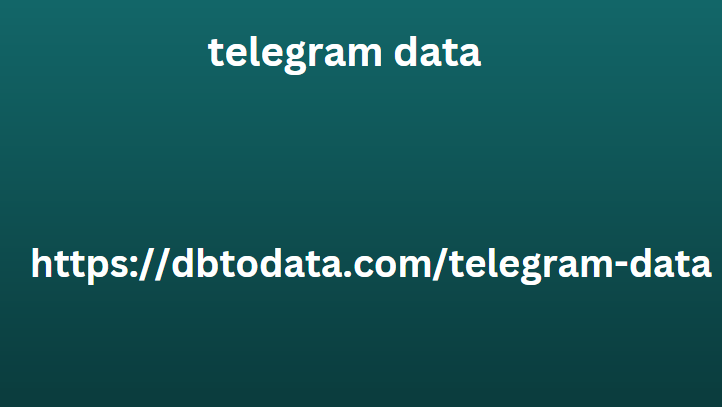8 practical tips for creating a successful sales strategy
Here are eight practical tips to help you develop a successful sales strategy for your business:
1. Identify your target audience and address their needs
No product or service is capable of satisfying everyone’s needs.
That’s why you’ll want to serve the people or businesses that can benefit the most from your offerings, aka your target audience.
But who is your target audience?
Your target audience essentially includes people or companies that match your ideal customer profile and buyer persona.
An ideal customer profile lists the minimum criteria a potential customer must meet to become your customer. On the other hand, a buyer persona highlights some specific behavioral traits, demographic details, job titles, and more that would characterize your ideal customer.
In addition to ideal customer profiles and buyer personas, you can analyze data from your existing customer base to gain more insights into your target market.
Determine:
What industries or niches do current customers belong to?
The type of pain points that current customers share.
What current customers use your solution for and more.
Once you have identified your target audience, your marketer can position your offerings as uniquely targeted to the target audience’s requirements. This way, you can better align your product or service with the target market and improve your conversion rate.
2. Determine which channels work best for your target audience
You can use a variety of channels to connect with people and businesses in your target audience, such as:
Social media.
Emails.
Phone calls.
Web forums.
Conferences or trade shows, etc.
To maximize engagement and build better customer relationships, it’s best to choose the channels your potential customers are most active on.
For example, if you are a B2B service, messaging on a social media platform like LinkedIn might be the best option for you. Social selling on this platform works because close to 50% of B2B buyers rely on LinkedIn to make informed purchasing decisions.
And by messaging those buyers through LinkedIn, you could maximize your chances of getting responses, as well as your conversion rate.
However, in most professional environments, email is often the preferred communication channel. This is because emails are non-invasive, reliable, and cost-effective.
Additionally if you use email
Quickly expand your sales outreach and communication efforts.
Track your communications with potential buyers and do much more.
3. Use lead scoring for prioritization
There are a limited number of leads your sales team can pursue.
That’s why you need to filter out the best leads that your sales team will pursue from your lead pool.
But when you have too many leads in your sales p australia telegram data peline, it can be difficult to identify which leads to aggressively pursue. Fortunately, you can systematically determine which leads in your sales pipeline are lead scoring.
What is lead scoring
Lead scoring is a technique used to rank leads this is a screenshot of the online in your sales pipeline. Typically, in lead scoring, you assign points (usually on a scale of 1 to 10) to different leads based on:
How much income could they generate.
How likely are they to convert?
And then rank the leads based on how many points bw lists they score.
For example, let’s say your salesperson is looking for two different potential clients: the first is a senior executive at some company and the second is a junior employee at another company.
In this case, the C-suite executive might have a higher leadership score since a C-suite executive typically has a greater influence on the decision-making process than a junior employee. That is why, in most cases, the senior executive would be assigned a higher score and ranked higher.

